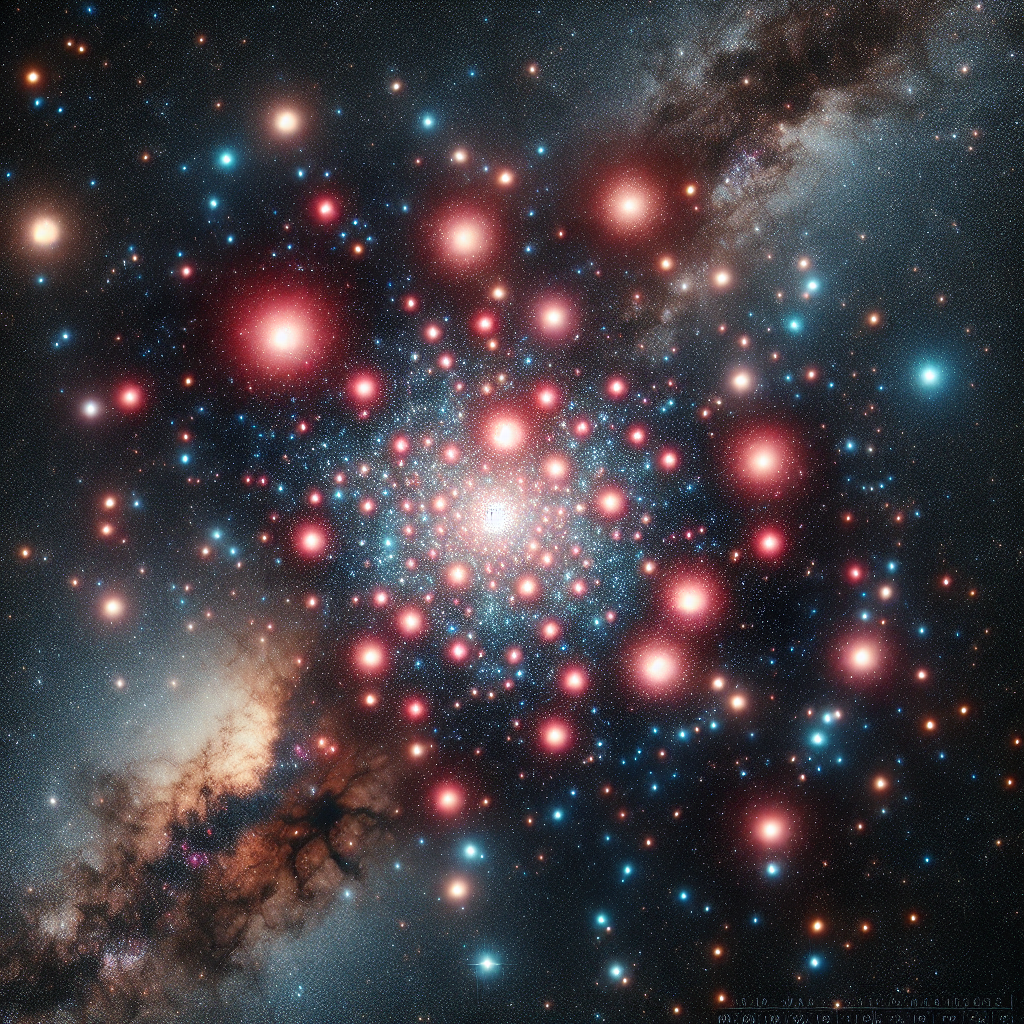In the vastness of space, where stars twinkle mysteriously like distant fairy lights, Messier 28 stands out among a sea of wonders. Discovered by Charles Messier on a sultry summer night in 1764, this magnificent globular cluster resides about 18,000 light-years away from Earth in the constellation Sagittarius. But what exactly makes Messier 28 so fascinating?
Messier 28 is not just a random splash of stars in the sky. It's a dense collection of over 50,000 stars held together by gravity, much like a giant cosmic family gathering. These stars are some of the oldest in the universe, offering us an exceptional window into the past. Scientists believe studying these ancient stars could reveal secrets about the early universe.
While it might be tempting to imagine clusters like Messier 28 as peaceful island universes, the reality is much more dramatic. The stars within a globular cluster interact in a complex gravitational ballet, often leading to close encounters and sometimes even dramatic collisions. These interactions are critical in shaping the cluster’s evolution over billions of years.
Observing Messier 28 allows us to understand the lifecycle of stars. Within this cluster, you find stars in various stages of their life. Some stars have already shed their outer layers and are cooling down as white dwarfs, while others have expanded into red giants. This impressive array of stellar evolution is like watching a universal story unfold right before our eyes.
There’s a peculiar star in Messier 28, a pulsar, one of the fastest rotating neutron stars known to humans. Pulsars are remnants of massive stars that have ended their lifecycle. This one spins over 500 times per second, sending rhythmic bursts of radio waves into space like a cosmic lighthouse. The discovery of such a pulsar has opened up fascinating pathways for research on neutron star behavior and the limits of physics under extreme conditions.
With the advancements in technology, the Hubble Space Telescope and other observatories can capture stunning images of Messier 28. They reveal the intricate structure and spark curiosity about what it might be like deep within its core. It’s not merely about pretty pictures; these observations can lead to breakthroughs in our understanding of mass distribution, stellar dynamics, and dark matter presence within these clusters.
But why should we care about Messier 28 or clusters like it? This question might echo more vocally across generations. In an age filled with pressing issues on Earth, such as social inequalities and environmental crises, why spend time gazing at stars so far removed from our daily reality?
Astrophysics, where Messier 28 plays a critical role, serves as a reminder of our place in the universe. It links us to the past and inspires future generations to dream beyond the limitations of Earth. Learning about such clusters encourages innovation, inspires creativity, and contributes to advancing technology. The space projects undertaken to study these celestial bodies frequently lead to unforeseen benefits on Earth, like improvements in communication technology or precision instruments.
Nevertheless, it's understandable if some believe that resources should prioritize humanity's immediate needs. This viewpoint is valid and essential for reminding the scientific community to aim for balance. Addressing today's challenges should ideally complement, rather than compete with, the exploration of space. Investing in both terrestrial solutions and cosmic understanding enriches humanity’s collective knowledge, creating a legacy of hope and discovery.
As you can see, Messier 28 isn't just about starlight and distance. It's a storyteller, revealing cosmic tales of survival, evolution, and persistence. It bridges our yearning for stories of creation with cutting-edge science that crosses boundaries of time and space.
While some may see the exploration of deep space as an indulgence, it represents the pinnacle of humanity's curiosity and capacity for wonder. The mysteries and knowledge that await in the depths of space may well be key to our next great leap forward. Let’s embrace our cosmic neighborhood, and perhaps along the way, discover more about what it means to be human.

